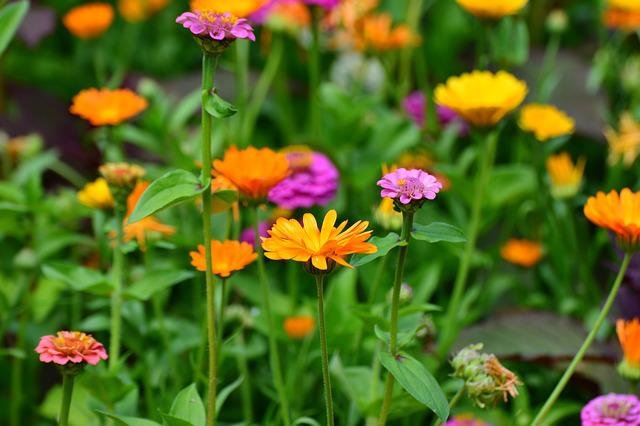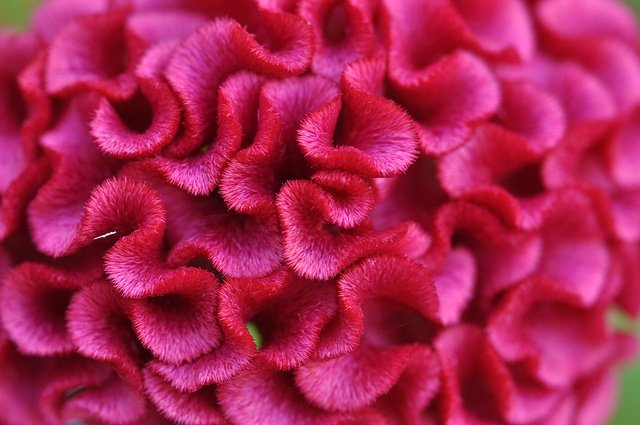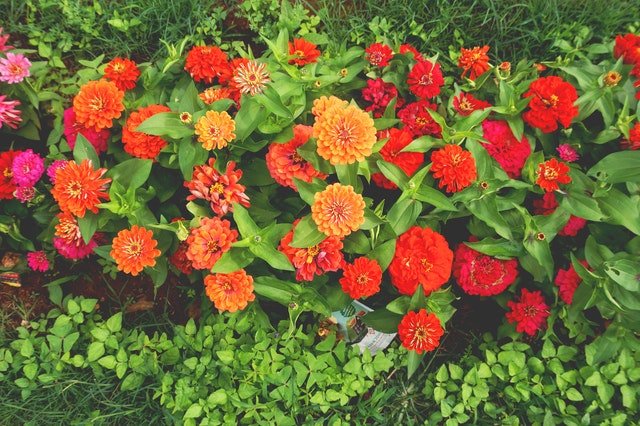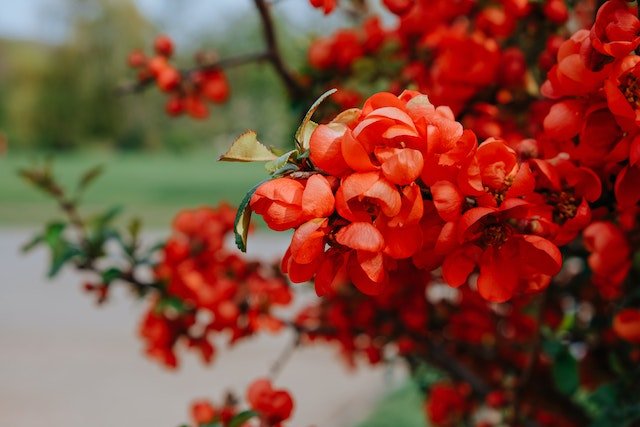Asian garden style provides a unique way to transform any indoor and outdoor space into a serene landscape. Inspired by the traditional elements of gardens across Asia, this type of gardening style blends rocks, water features like ponds, and some native Asia plants to create a calming atmosphere. There are many ways to incorporate the beauty of the Far East, and in this article, we will let you explore all the paramount things you need to know about Asian-style landscaping.
Table of Contents
Key Principles of Asian Landscape Architecture
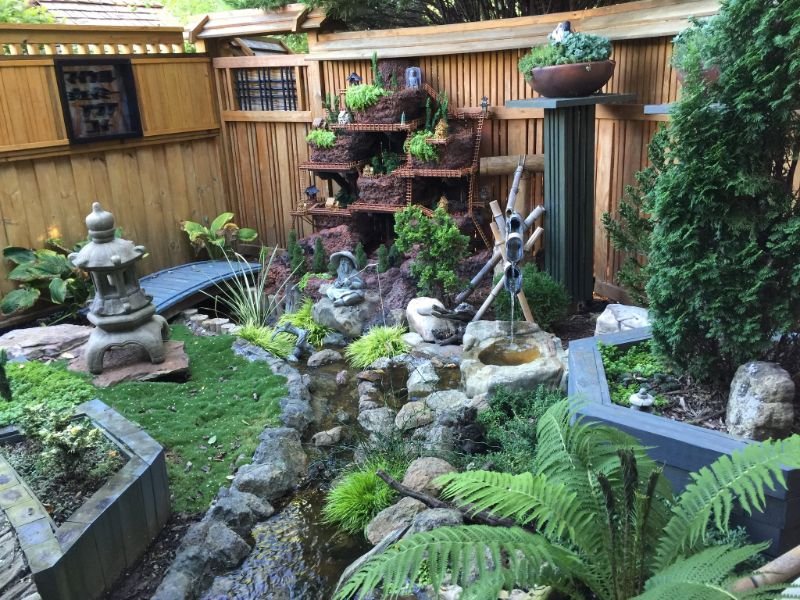
Just by looking at the architecture, it’s not difficult to spot a Chinese garden style or Japanese garden style from any other gardening style. From the traditional Minka and Hanok houses to Yin and Yang-designed rocks, below are the fundamental things you’ll need to include to create an authentic Asian garden style.
Entrance
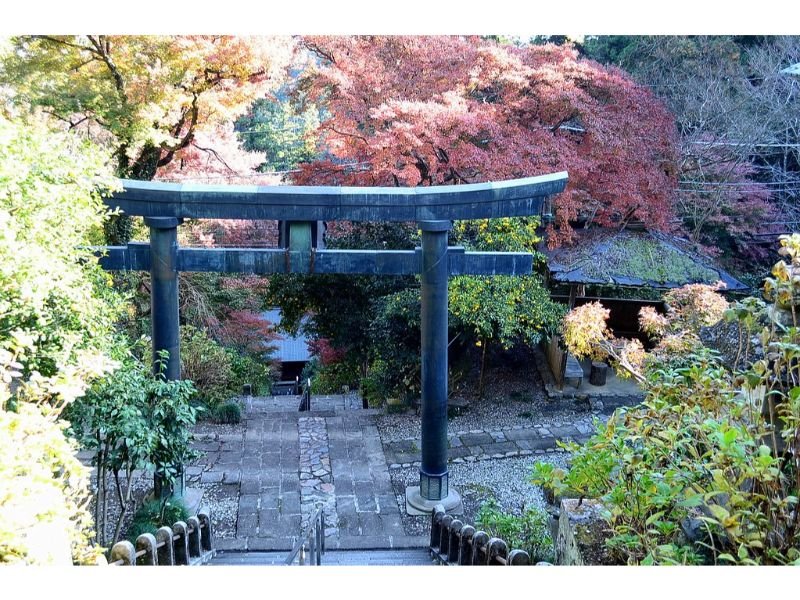
If eyes are the window to anyone’s heart, then entrance is the window to any garden. As the first thing you’ll see before entering and enjoying the calmness of the zen garden, picking the right entrance that perfectly suits the Asian garden style is essential. Not only will the entrance add to the aesthetic value, but this way, anyone also will get an idea about what your gardening style is.
For Asian-style landscaping, you can pick entrances like the traditional Torii Gate from Japan or the traditional Chinese-style gate, Paifang. Commonly painted in bright red, the Torii gate has a less complex design than the Paifang gate, but both are equally beautiful. If you’re more into a minimalist design, then Torii gate is your best bet. Another entrance that very well explains an Asian garden style is the Moon gate. It’s a circular entrance that acts as a passageway.
Stones, Boulders, and Sand
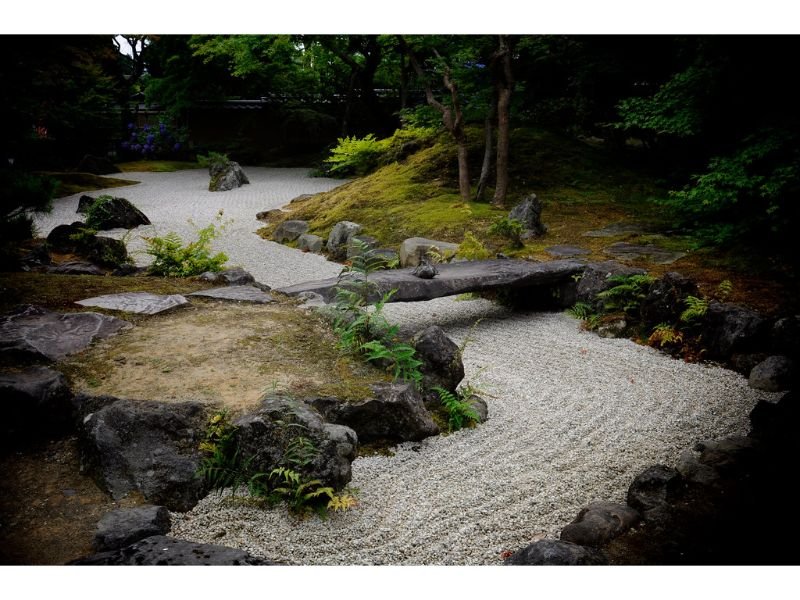
The second things you’ll notice about the Asian garden style are the presence of non-living elements: stones, boulders, and sand. Usually, stones and sand are made for pathways (like stepping stones), ground cover, or as part of the plant’s soil amendment. Bigger rocks like boulders can be used in ponds to create a striking color texture with plants like bonsai and maple trees. Stones are crucial parts of any Asian garden style, especially the Japanese garden style, as stones represent Earth.
Houses

To add more legitimacy to the Asian garden style, building traditional houses like Minka, Hanok, and Siheyuan are superior if you have a medium to large backyard. These traditional houses of Asia are known for their spacious design that is specially made to fit numerous family members, along with using natural materials like wood and bamboo as construction.
If you’re not a fan of traditional houses or are on a tight budget, small to medium Asian-style pavilions are more than enough to give you a space to do meditation, yoga, or simply enjoy your afternoon cup of tea.
Lightning
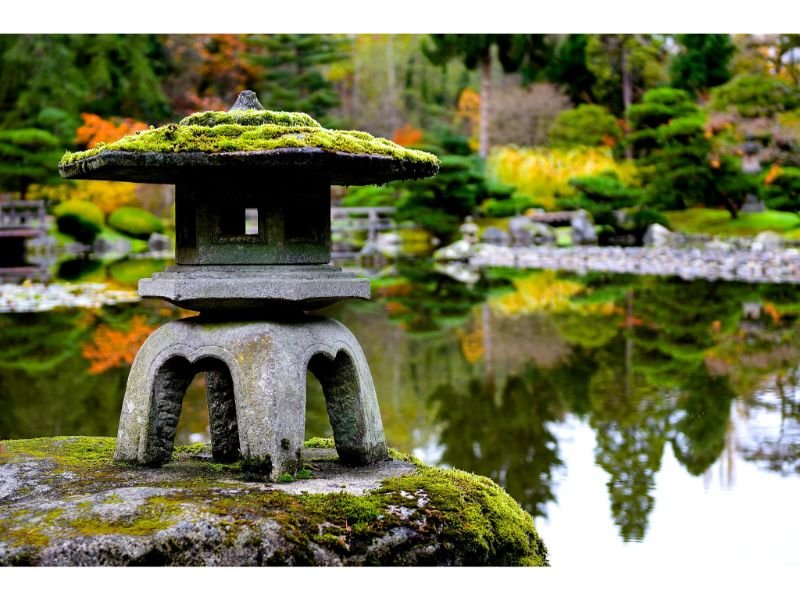
Lightning is essential in any garden as a source of light when the night comes, in addition to creating more aesthetically appealing scenery. In terms of Asian-style landscaping, lanterns made from stone, wood, or steel are commonly used as lightning as well as decoration. To add more gleams, take advantage of lightning bulbs and place them on the pavilions.
Bridges
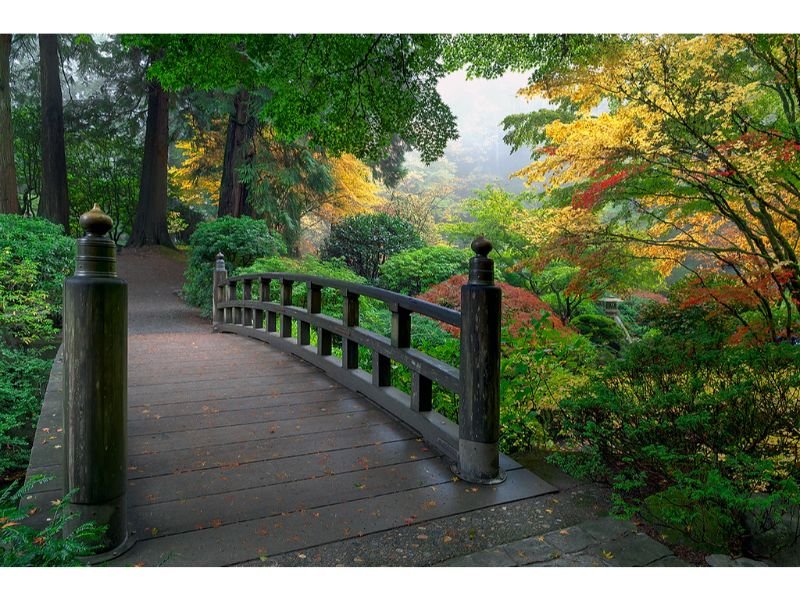
As essential as stones, bridges are the next key principles you’ll find in the Asian garden style. Not only as a matter of decorative purposes, but bridges also symbolize life changes and the transition from mortal life to the afterlife. Bridges, like the traditional Hashi bridge, are usually built as a pathway above the fish pond.
Fountains and Ponds
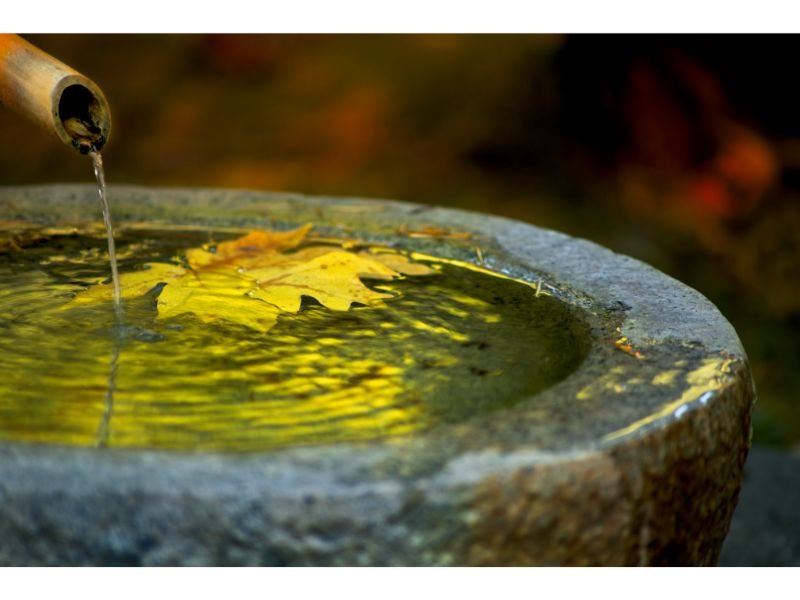
The Asian garden and the element of water are inseparable. In Japanese culture, water is seen as a symbol of the flow of life, while in the classical Chinese garden, water has a deep philosophical meaning as the central element that connects and balances all living beings. To bring this positive impact, the Asian style landscaping used a water fountain made from bamboo with basin stone or a pile of boulders as a pathway for water flow. Fish ponds or simple ponds without fish are also used to represent water.
Additional Designs

Although not essentially needed, these additional designs will elevate your Asian garden style to a new level. Designs like the classic Yin and Yang made out of rock, a Buddha statue, a dragon statue, and a pile of meditation rocks will work wonders as ornamental elements while achieving the essence of Asian nature.
Asian Garden-Style Plants
Choosing appropriate plants for the zen garden is a must. Not only do they provide visual interest and lush greenery, but these plants also will add an extra layer of meaning to your garden. Greeneries such as bamboo, grass, bonsai, pines, hosta, and ground-cover moss are among the most used plants for Asian gardens.

The pink cherry blossom or flowering cherry, the eye-catching red azaleas, and the colorful hydrangeas are also frequently added to bring more color and contrast. To make the koi pond more ‘alive’, flowering aquatic and semi-aquatic plants like the sacred lotus, water lilies, and Japanese irises are loved by Asian garden enthusiasts for their showy blossoms and ease of maintenance.
Asian Zen Garden Design To Inspire You
Green Lovers
The main goal of this Asian garden style is to incorporate serenity and tranquility by using flourishing greeneries. Plants like the ficus and juniper bonsai, along with the lucky bamboo, hostas, and moss are flawless for this design. To add contrasting scenery, use some boulders and stone lanterns near the plants.
Graceful Fish House
Create a happy living environment for the fish and amphibians in your zen garden! The colorful koi fish, along with the green foliage of lily pads and the bright white or pink color of the sacred lotus, surely will make you always feel at home.
Soundless Reflection Place
A small Asian-style pavilion is a good place for some meditation and contemplating time. To make it more peaceful, plant the bright-colored amur maple tree, smaller bonsai, and the dainty azalea shrub to invite pollinators.
Wooden Palace
Turn the traditional Minka or Hanok house into a tiny Asian kingdom by building a pond near the house along with Hashi bridge as a pathway. Add some trees, shrubs, and grass for a more elegant, inviting look.
Enchanting Sandy and Rocky Garden
Don’t have enough space for the traditional Asian house? Say no to worry, as you can generate a more minimalist yet peaceful zen garden using simple materials of sand and rocks. Create a pathway using pebble rocks and cover the ground using smooth, white sand. Construct a pile of marble rocks nearby as a throne for the little bamboo water fountain and the little Buddha statue.
Asian Style Landscaping Doesn’t Have To Be Complicated
To conclude, Asian-style landscaping can be done no matter how small or big your gardening land is. By incorporating key elements like stones, a waterfall, and tiny Asian-style lanterns to match the colorful azaleas and lush bonsai, you can bring the spirit of Asian garden style to your home.

New author in the hood. Loves gardening and flowers are my spirit animals (yes I know they are not animals but I insist). I will be covering most of the flowers’ topics here and occasionally random though as well.


